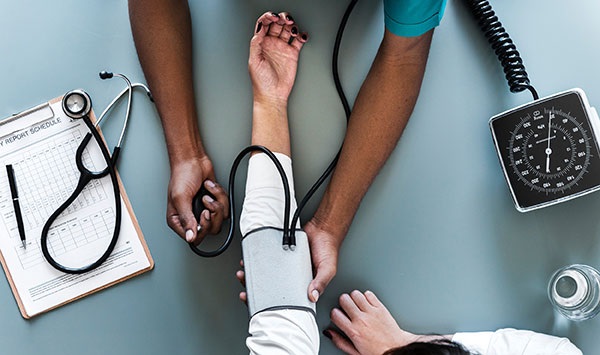
Cholesterol exists in the human body following food digestion and food absorption. Without ingesting cholesterol or fat, our body is capable of producing its cholesterol. Cholesterol is required in the human body for many reasons such as the source of energy. Cholesterol has various forms and types. Cholesterol can even be bad or good cholesterol. Good cholesterol has a protective effect on your body, while bad cholesterol causes harm to your body. The examples of cholesterol which exist in our body are Low-Density Lipoprotein (LDL), High-Density Lipoprotein (HDL), Triglycerides, Very Low-Density Lipoprotein (VLDL), and Chylomicrons. Supplements to lower cholesterol are available online to make it easier for you to purchase and consume them on time.
Normally, our body will not make or produce too much cholesterol. The body will only generate what is required. Excess cholesterol is usually the result of an unbalanced diet. Our body will only produce a lot of cholesterol if we suffer from certain diseases. The condition of fat derangement is known as dyslipidemia. There are primary and secondary causes of dyslipidemia. Primary causes are due to disease of fat metabolism error in the body, while secondary causes are due to other underlying diseases. The primary causes are:
- Familial hypercholesterolemia (FH)
- Hypertriglyceridaemia
- Other inherited disorders of fat metabolism error
The secondary causes of dyslipidemia are:
- Diabetes mellitus
- Liver disease (cholestatic liver disease)
- Kidney disease
- Obesity
- Hypothyroidism
- Excessive alcohol intake
- Smoking
- Certain medications
Familial hypercholesterolemia (FH) is a common disease genetic disease. It is characterized by a high level of LDL (bad cholesterol) which later causes heart disease. This disease starts early and many patients die before the age of 20. Lipid profile and DNA testing are required to confirm the diagnosis of FH. A group of medicines called statins is often used to treat this condition.
Hypertriglyceridaemia is a condition that is characterized by high levels of triglyceride. High levels of triglyceride will put someone at risk to develop atherosclerosis (fat plaque within blood vessels which block the blood flow) and heart disease. This disease is either inherited or acquired. The majority of patients are asymptomatic. Lifestyle modifications and triglyceride-lowering therapies are the main treatment for this condition.
Dyslipidemia following secondary causes is very common. Excessive alcohol intake and diabetes mellitus are two main culprits for this issue. Type 2 diabetes mellitus patients are at high risk to develop dyslipidemia. Type 2 diabetes mellitus will cause high triglyceride levels, high LDL levels (bad cholesterol), and low HDL levels (good cholesterol). The worse the diabetes mellitus, the worse dyslipidemia. Moderate alcohol consumption is proven to reduce cholesterol levels, but excessive intake will cause the other way around. Stop alcohol consumption is the main thing in such patients.
Diet intervention is very important in preventing and recovering from dyslipidemia. Dairy products, poultries, and meat products are foods that are high in cholesterol. The intake of such food should be controlled. Advice from dieticians is important in planning for your diet. Without proper diet intervention, you will end up suffering from many diseases and not just dyslipidemia.
LDL cholesterol is labelled as bad cholesterols because it will cause blockage to the arteries and result in diseases like coronary heart disease. LDL cholesterol will deposit on the wall of the blood vessels and form a plaque. This plaque is known as the atherosclerotic plaque. This fat plaque can cause blockage to any vessels. Blockage to the arteries of the heart will cause a heart attack, while blockage to the arteries of the brain will cause a stroke attack.
